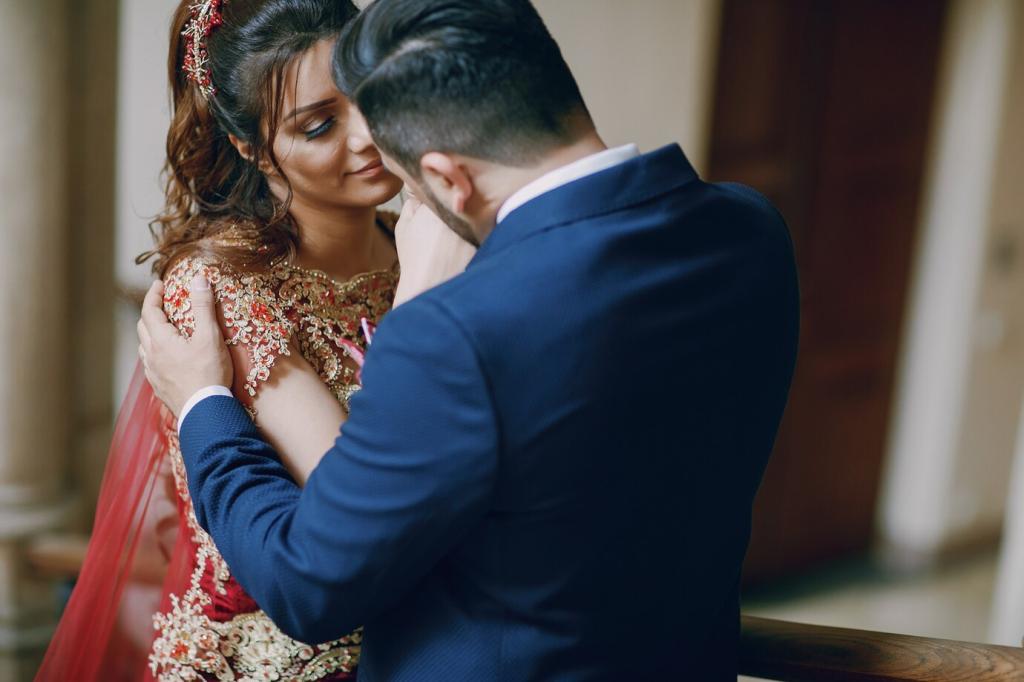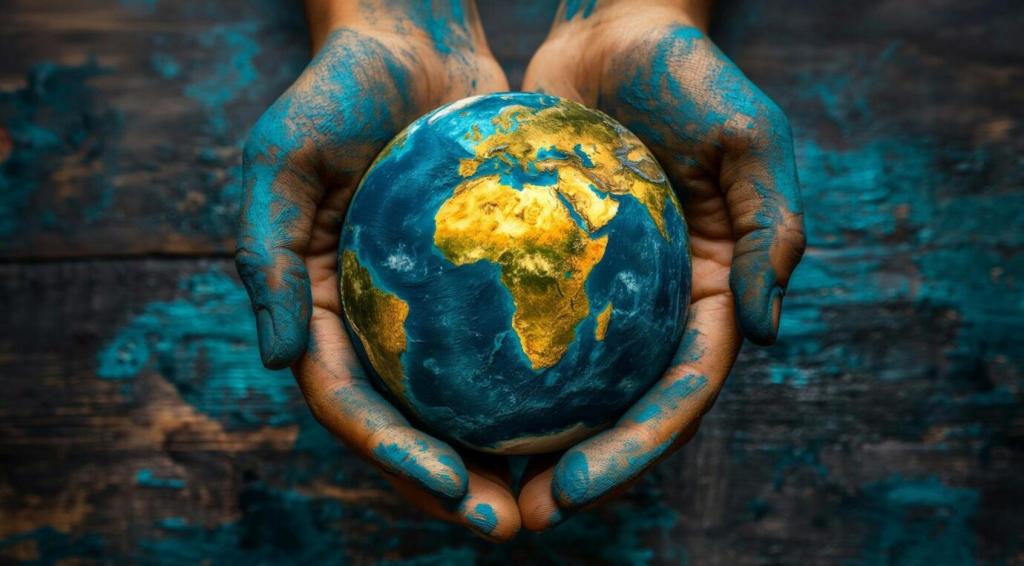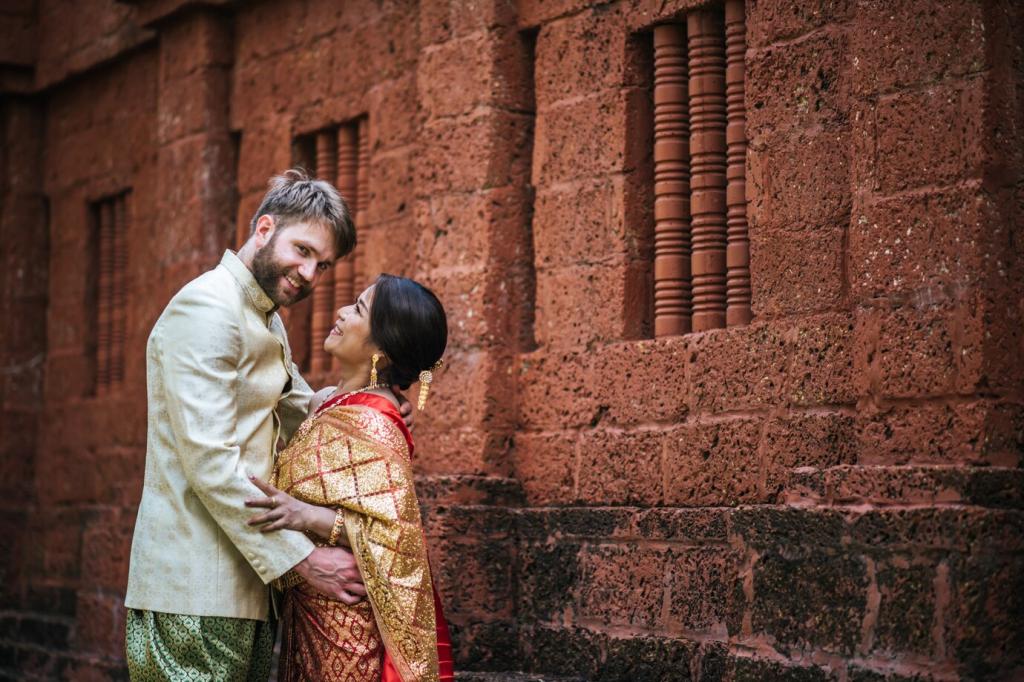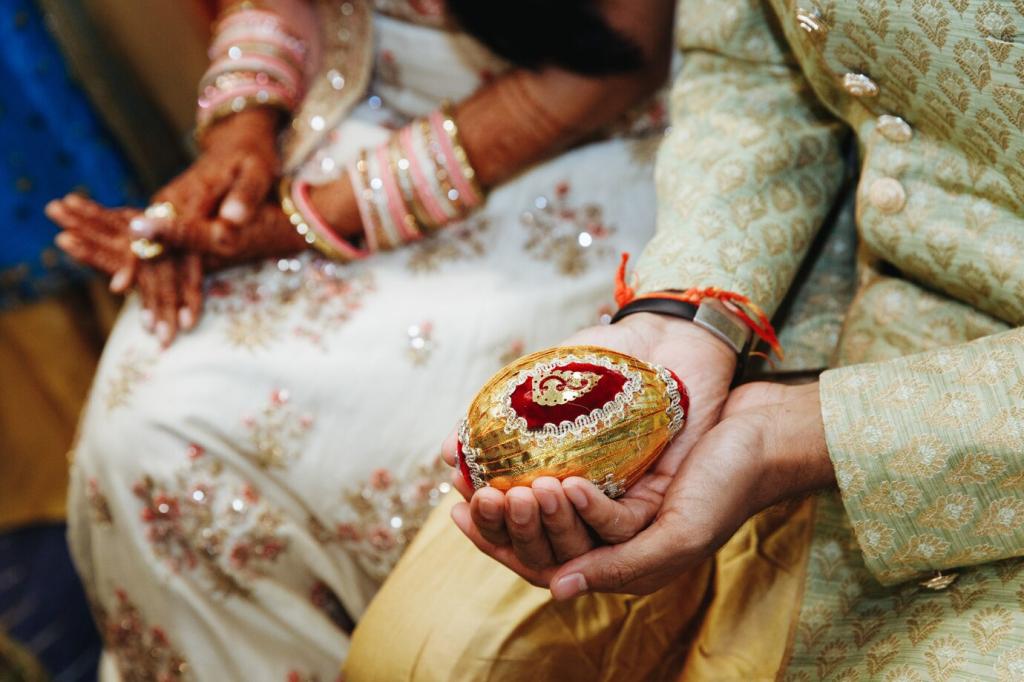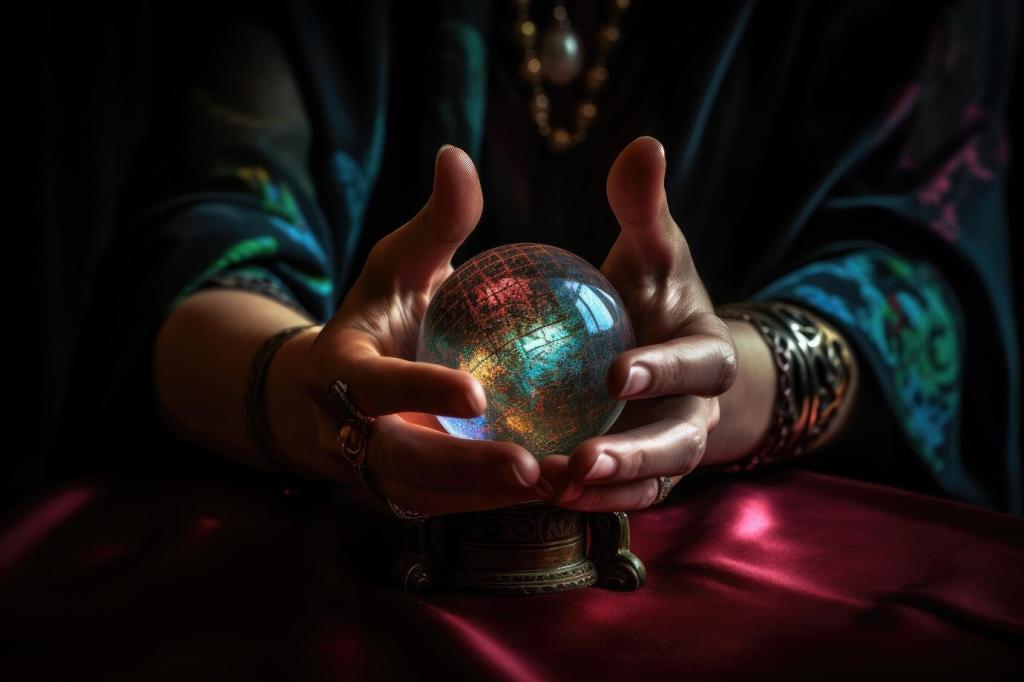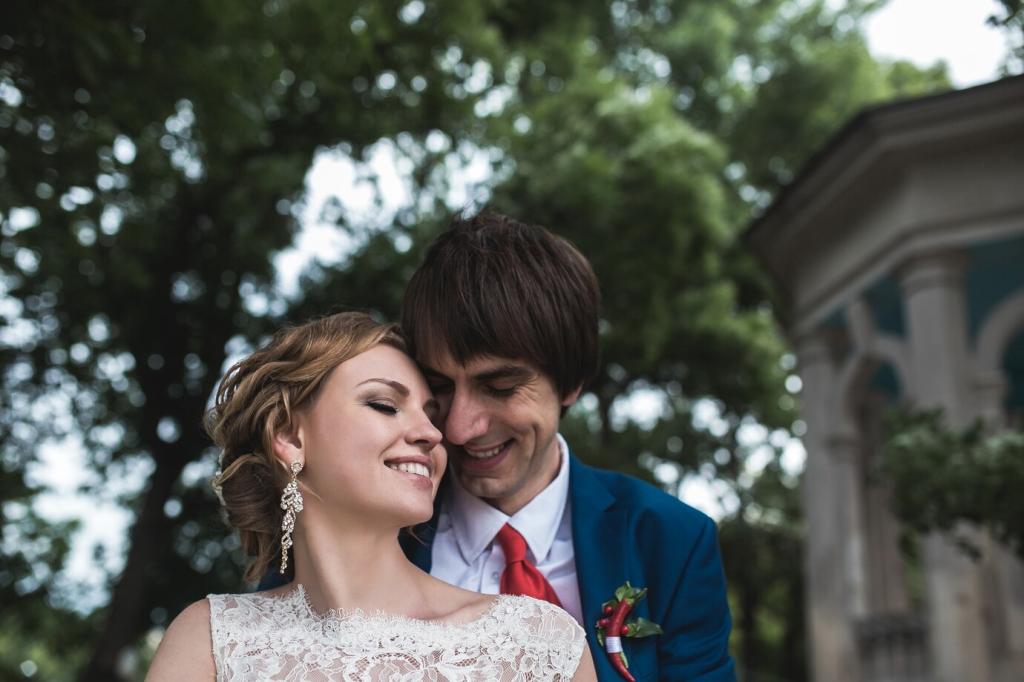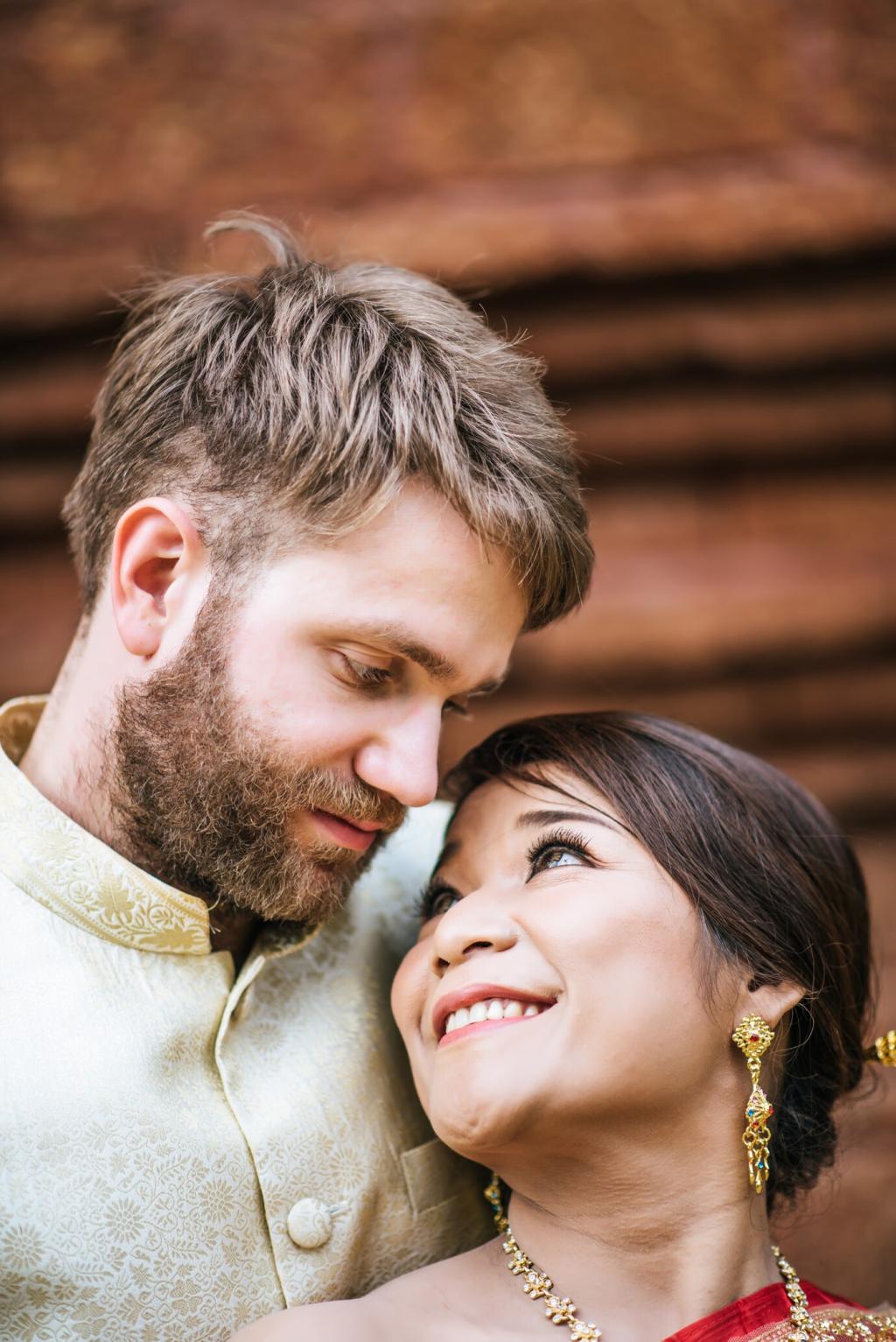Symbols That Speak: Rings, Henna, Crowns
From Roman iron bands to gold rings placed on the “vena amoris,” circular jewelry signified permanence. Over time, engravings, gemstones, and regional materials personalized vows, transforming simple bands into intimate family heirlooms.
Symbols That Speak: Rings, Henna, Crowns
In North Africa, the Middle East, and South Asia, henna nights surround brides with music, laughter, and intricate designs. Patterns promise joy, protection, and fertility, making skin a canvas for collective celebration and hope.

